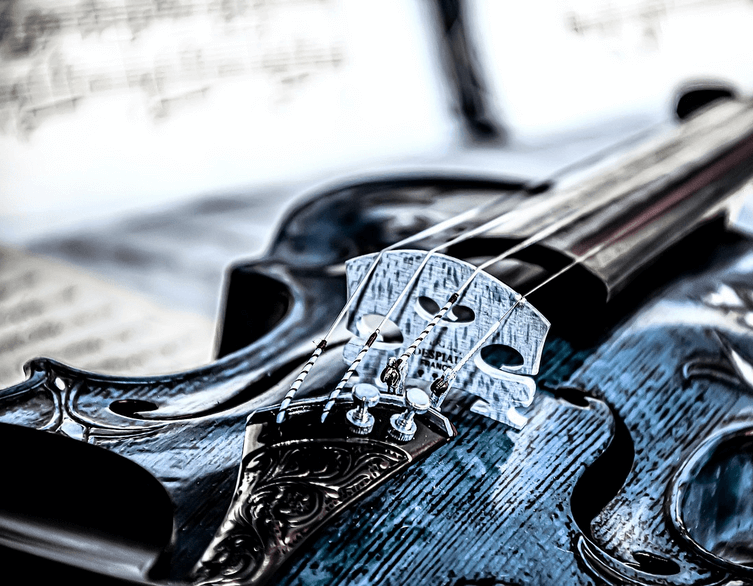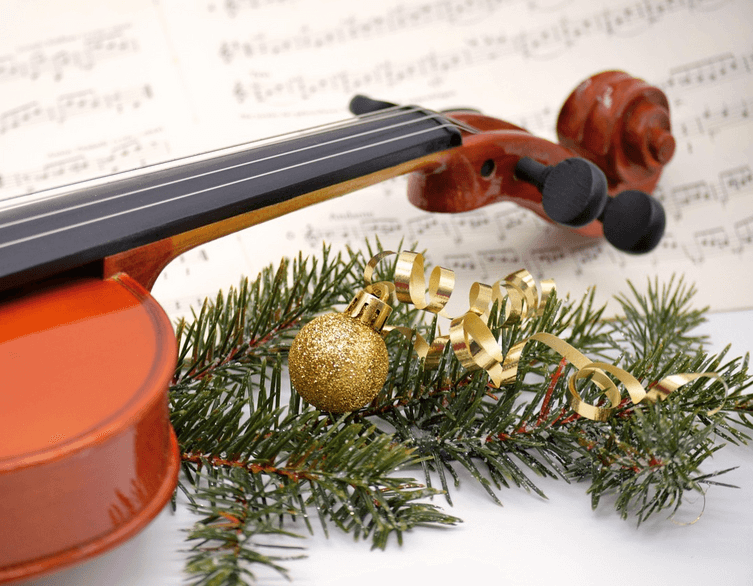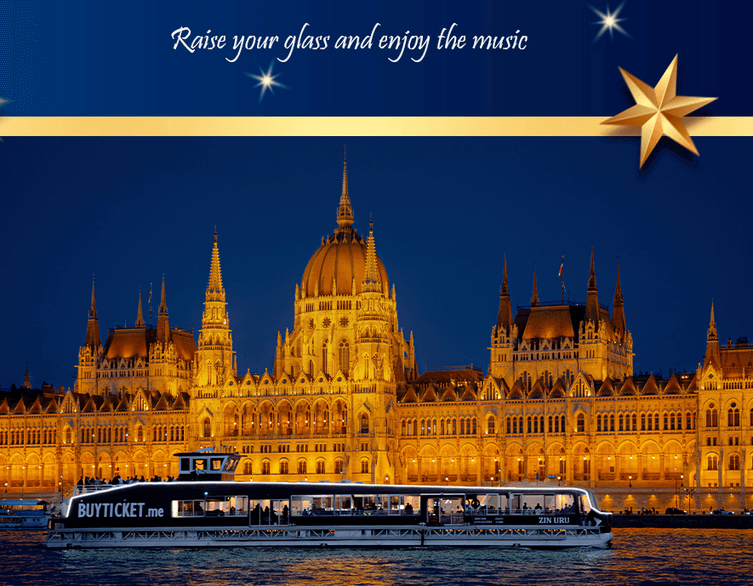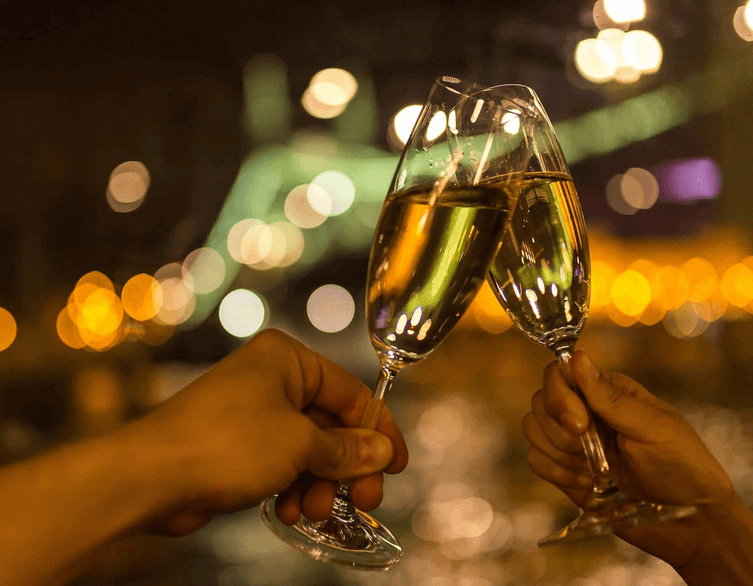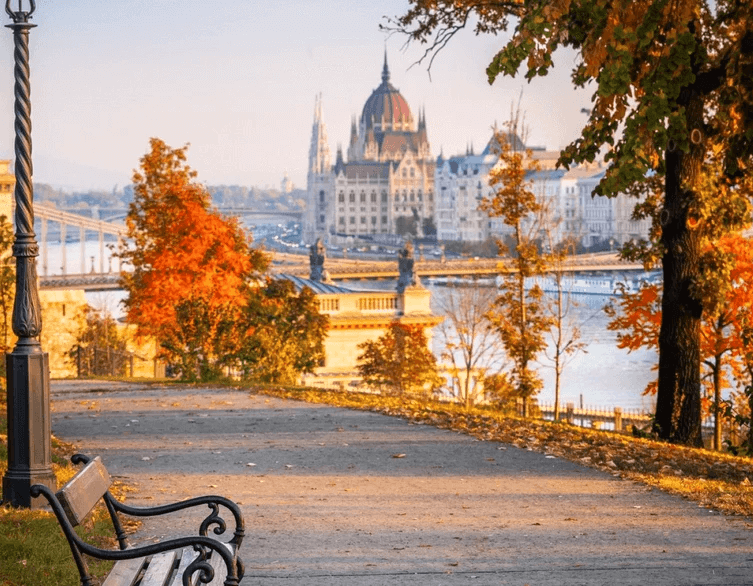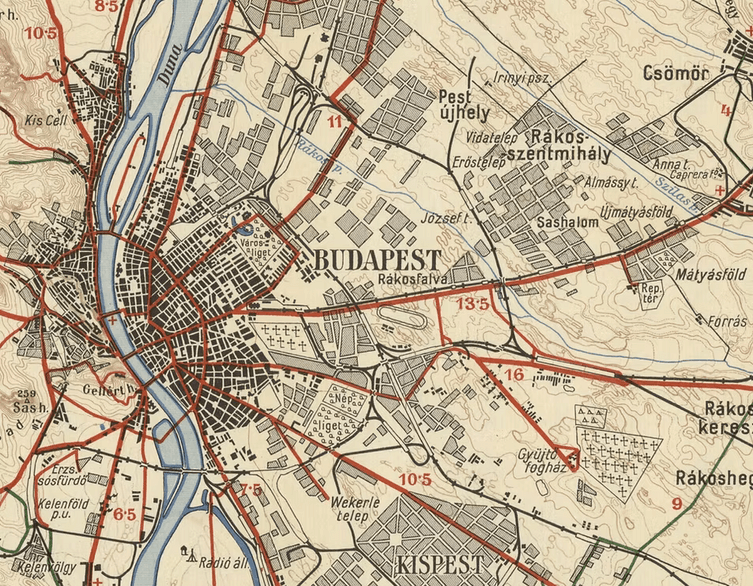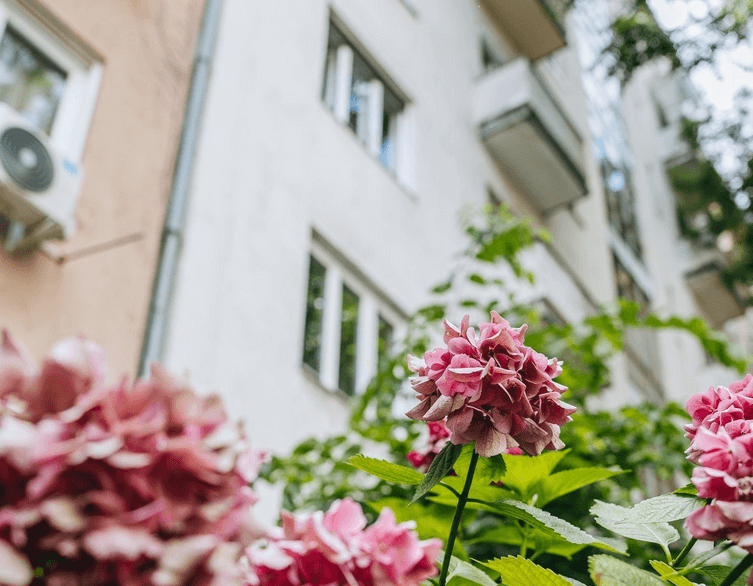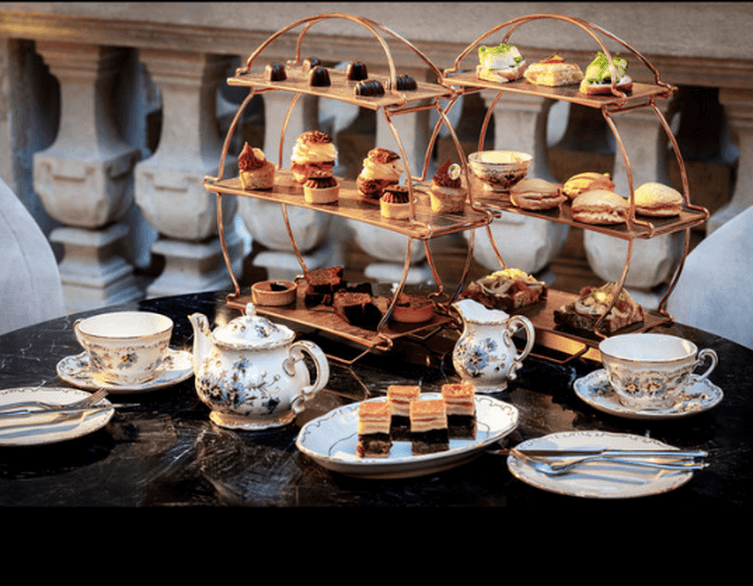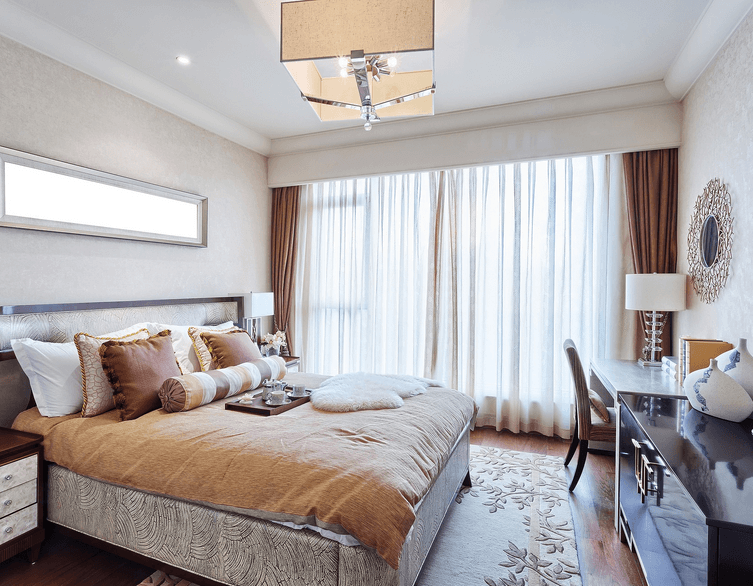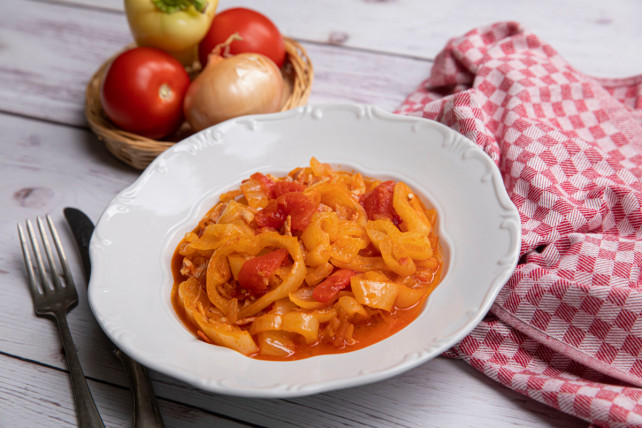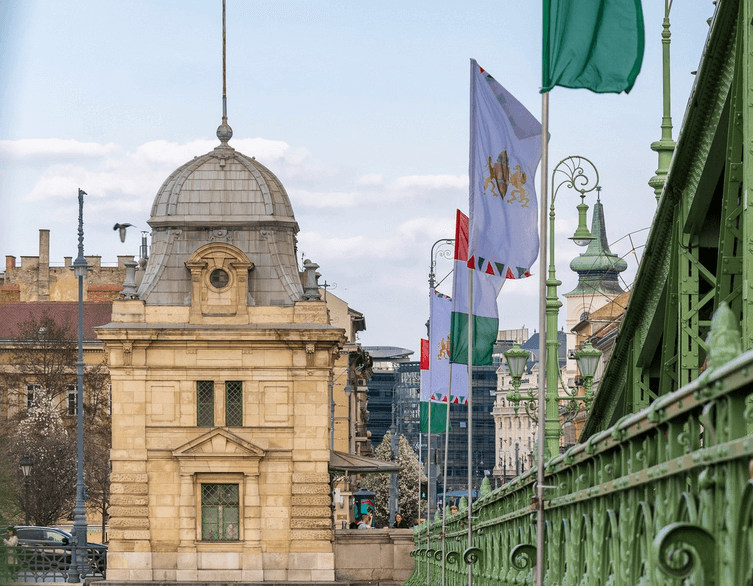Central Market Hall Budapest: a culinary and cultural treasure
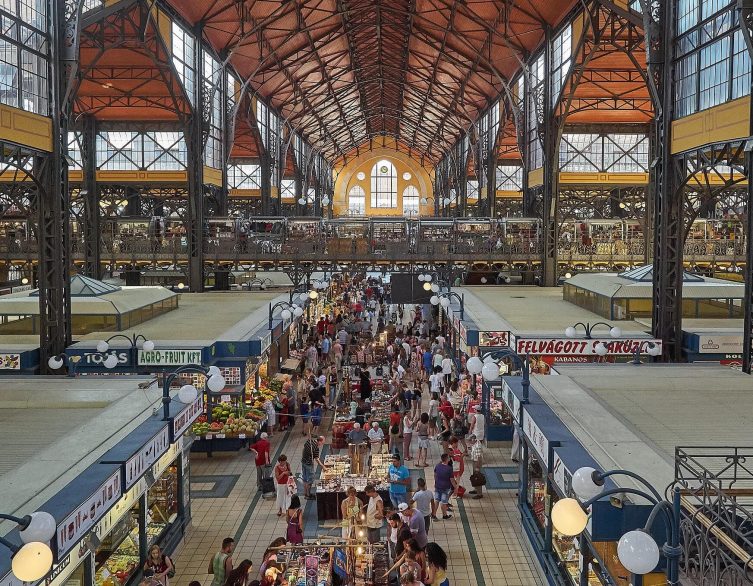
The Central Market Hall, also known as the Great Market Hall or Nagycsarnok, is a historic landmark and a must-visit destination for tourists in Budapest. This iconic building not only serves as a bustling marketplace but also holds significant historical and architectural importance. In this article, we will delve into the various aspects of the Central Market Hall, providing a comprehensive guide for foreign tourists visiting Hungary.
Historical Significance
Construction and Opening
The Central Market Hall was built between 1894 and 1897, during a period of rapid growth and development in Budapest. Designed by renowned architect Samu Pecz, the market was one of five indoor markets constructed to improve the city’s food supply system and replace the chaotic outdoor markets.
Role in Budapest’s Development
The opening of the Central Market Hall on March 15, 1897, marked a significant milestone in Budapest’s history. It became a symbol of the city’s modernization and a hub for trade and commerce. The market played a crucial role in meeting the needs of the growing population and establishing Budapest as a thriving European capital.
Surviving World War II and Restoration
Despite suffering damage during World War II, the Central Market Hall remained a vital part of Budapest’s daily life. In the 1990s, the building underwent extensive restoration work to preserve its original grandeur and ensure its continued functionality as a marketplace and tourist attraction.
Architectural Significance
Neo-Gothic Style
The Central Market Hall is a prime example of neo-Gothic architecture, characterized by its red brick facade, ornate decorations, and soaring arched windows. The building’s design combines functionality with aesthetic appeal, creating a visually striking and memorable structure.
Iconic Roof and Skylights
One of the most distinctive features of the Central Market Hall is its colorful Zsolnay tiled roof. The vibrant tiles, produced by the renowned Zsolnay factory in Pécs, add a unique charm to the building’s exterior. The roof also incorporates large skylights that allow natural light to flood the interior, creating a bright and airy atmosphere.
Best deals of Budapest
Interior Layout and Design
Inside the market, visitors are greeted by a spacious and well-organized layout. The ground floor is dedicated to fresh produce, meats, and dairy products, while the upper floor features food stalls, eateries, and souvenir shops. The market’s interior design showcases the beauty of its iron structure, with intricate details and elegant arches.
A Gastronomic Paradise
As you step inside the Central Market Hall, you’ll be greeted by a sensory feast of colors, aromas, and flavors. The ground floor is dedicated to fresh produce, meats, and dairy products, offering a wide array of local ingredients and specialties. From traditional Hungarian sausages and cured meats to a variety of paprika and pickles, food enthusiasts will find themselves in gastronomic heaven. Don’t miss the opportunity to sample lángos, a delicious deep-fried flatbread, or savor a hearty bowl of goulash, Hungary’s iconic stew.
Crafts, Souvenirs, and Local Interaction
The upper floor of the Central Market Hall is a treasure trove for those seeking unique souvenirs and handcrafted goods. Browse through the numerous stalls offering traditional Hungarian embroidery, ceramics, and clothing, and take home a piece of Budapest’s rich cultural heritage. The market is not only a place for shopping but also a hub for local interaction, where you can observe the daily life of Budapestians and immerse yourself in the vibrant atmosphere.
Opening Hours
The Great Market Hall is open Monday through Saturday, with varying hours depending on the day. It is closed on Sundays, so plan your visit accordingly. The market is busiest during early mornings (until 8-9am) on weekdays and Saturday mornings, as locals do their shopping during these times.
Best Time to Visit
To avoid crowds and enjoy a more relaxed experience, we recommend visiting the market between 10am and 12pm or 2pm and 4pm on weekdays. This is when most locals are at work, allowing you to explore the market at a leisurely pace. Keep in mind that lunchtime (12pm-2pm) can be busy with locals and tourists grabbing a quick bite.
Visiting with Kids
The Great Market Hall can be an exciting experience for children, with its vibrant colors, enticing smells, and lively atmosphere. However, it’s essential to keep a close eye on your little ones, as the market can get crowded. If you have a baby, consider using a carrier instead of a stroller for easier navigation. For a fun break, head to the playground just outside the market, where kids can enjoy swings, slides, and other activities.
What to See and Buy
The Great Market Hall offers a wide array of goods across its three floors. On the ground floor, you’ll find fresh fruits, vegetables, dairy products, and mouth-watering salamis. Don’t miss the opportunity to try some authentic Hungarian paprika or sample the famous Tokaj wines. The upper floor is home to souvenirs, clothing, and other local goods. Be sure to check out the food stands and eateries, where you can indulge in traditional Hungarian snacks like lángos.
Special Events
The Market regularly holds special Cultural Days. These events showcase the products, travel destinations, music, and food of a different country each time. It’s a fantastic opportunity to experience a unique blend of cultures within the historic walls of the Great Market Hall.
Guided Tours
The Great Market Hall offers guided tours to visitors which is the perfect way to explore the market and learn about Hungarian cuisine and traditions. Your knowledgeable English-speaking guide will lead you through the market, introducing you to the best stalls and vendors, and sharing insights into the history and culture of Hungary.
One of the highlights of the tour is the opportunity to sample some of the most iconic Hungarian specialties. If you opt for the tour with tastings, you’ll have the chance to try six different delicacies, including savory scones, traditional salamis, pickles, truffle cream, and handmade strudel pastry. You’ll also get to taste some of Hungary’s famous jams, such as plum and lavender.
In addition to the tastings, the tour also includes a short introduction to Hungarian food history, traditions, and culture. You’ll learn about the influences that have shaped Hungarian cuisine over the centuries, from the Ottoman Empire to the Austro-Hungarian monarchy.
The guided tour of the Great Market Hall is a combination of delicious tastings, expert guidance, and fascinating insights into Hungarian culture, which makes it a highlight of your trip to Budapest.
Getting There
The Central Market Hall is located at Vámház körút 1-3, in the 9th district of Budapest, on the Pest side of the city. It is situated near the Pest end of the Liberty Bridge (Szabadság híd), making it easily accessible from various parts of the city. It is conveniently accessible via various public transportation methods. Visitors can easily reach the market by taking the M3 (blue) or M4 (green) metro line to the Kálvin tér station, or M4 to the Fővám tér station, which is the closest stop to the destination. Alternatively, tram lines 2, 47, and 49 provide direct access to the market, with a stop located right in front of the building at Fővám tér. For those who prefer bus travel, several lines, such as 15 and 115, have stops in close proximity to the Central Market Hall. These diverse transportation options ensure that visitors can comfortably and efficiently make their way to this popular attraction.
For those driving, there are limited parking options in the immediate vicinity of the market. It is recommended to use public transportation or nearby paid parking garages.
Nearby Attractions
Liberty Bridge (Szabadság híd): Just a few steps away from the Central Market Hall is the iconic Liberty Bridge. This green-colored bridge offers stunning views of the Danube River and connects Pest with Buda. Visitors can take a leisurely walk across the bridge to enjoy the panoramic views of the city.
Váci Street (Váci utca): Váci Street, Budapest’s famous pedestrian shopping street, is located near the Central Market Hall. This vibrant street is lined with numerous shops, restaurants, cafes, and souvenir stores, making it a popular destination for tourists looking to experience the city’s lively atmosphere.
Danube Promenade: The Danube Promenade, a scenic walkway along the river, is just a short distance from the market. Visitors can stroll along the promenade, taking in the beautiful views of the Danube and the historic buildings lining its banks, such as the Vigadó Concert Hall and the Széchenyi Chain Bridge.
Gellért Thermal Baths: For those seeking relaxation and pampering, the Gellért Thermal Baths are located on the Buda side, just across the Liberty Bridge. These historic baths offer a variety of thermal pools, saunas, and spa treatments, providing a perfect way to unwind after a day of exploring the city.
Conclusion
The Central Market Hall in Budapest is a treasure trove of history, architecture, and culinary delights. Its historical significance, stunning neo-Gothic design, and vibrant atmosphere make it a must-visit destination for tourists in Hungary. By following this guide, foreign visitors can easily navigate their way to the market, explore its offerings, and discover the nearby attractions that enhance the overall experience. Whether you’re a food enthusiast, a history buff, or simply looking to immerse yourself in the local culture, the Central Market Hall promises an unforgettable adventure in the heart of Budapest.
Related news
Related events
Related attractions

